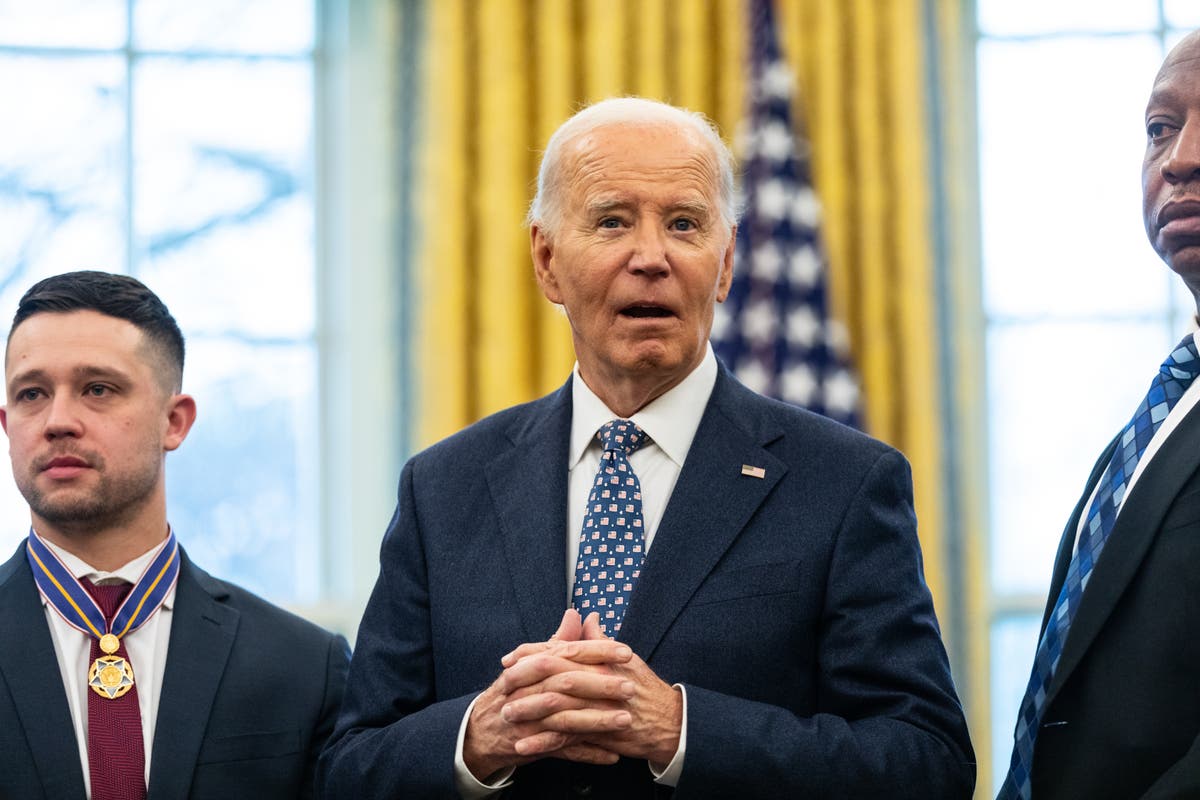Almost no other stock has done better since the presidential election than Tesla (NASDAQ: TSLA).
From Nov. 5 to the end of the year, shares of the electric vehicle (EV) maker jumped 61% and had nearly doubled before the Federal Reserve scaled back its forecast for interest rate cuts in 2025.
It’s not a surprise that Tesla stock soared in the aftermath of the election. CEO Elon Musk bet big on President-elect Trump, campaigning on stage with him and pouring hundreds of millions of dollars into his campaign, and investors expect that contribution and access to pay off once Trump becomes president.
Musk has been camping out at Mar-a-Lago, aiming to bend the president-elect’s ear, and the market is hopeful that the Trump administration could streamline rules around autonomous vehicles (AVs) that will make it easier for Tesla to deploy its new Cybercab and lead the transition to AVs.
However, Tesla is facing a more pressing issue, and it’s not one that any Trump policy can meaningfully change. Demand for its vehicles appears to be plateauing, and the latest quarterly delivery report offered more evidence of sales headwinds.
Tesla’s latest business update casts a harsh light on the company’s biggest challenge right now. The EV leader reported fourth-quarter deliveries that were weaker than expected, delivering 495,600 vehicles in the quarter, which was up 2.3% from a year ago but below the consensus estimate at 510,000. The stock fell 6% on the news.
For the full year, Tesla’s vehicle deliveries fell for the first time, declining from 1.81 million to 1.79 million. That slump comes even as the company added the Cybertruck to its lineup at the end of 2023.
While investor attention has been focused on the election and autonomy, Tesla’s core business seems to be running into a demand problem.
The electric vehicle industry has faced a number of challenges this year as enthusiasm among buyers seems to be waning now that early adopters have already purchased EVs. Sales of hybrids have climbed in their place, and even Musk has complained about the impact of elevated interest rates on vehicle sales, though that is a problem across the auto industry rather than one unique to EVs. Competition from cheaper alternatives from China and elsewhere has also made the EV market more competitive.
Among other complaints is that Tesla hasn’t updated existing vehicle models, and the demand challenges are also evidenced by falling prices for used Teslas. While that doesn’t show up directly in the company’s financials, lower prices for used Teslas could convince some buyers to purchase a used rather than a new Tesla.














